 Following up 2014's Der Totenkopf and last year’s reissue of The New Crimes, Moreno Daldosso’s newest album draws from both his past and present works, resulting in a dark and disturbing record that largely manages to achieve Daldosso’s artistic vision, with the exception of a few missteps along the way.
Following up 2014's Der Totenkopf and last year’s reissue of The New Crimes, Moreno Daldosso’s newest album draws from both his past and present works, resulting in a dark and disturbing record that largely manages to achieve Daldosso’s artistic vision, with the exception of a few missteps along the way.
 Scale, repetition, and variation have a way of bringing Morton Feldman to mind whether or not Feldman has anything to do with the matter at hand. The matter in this case is Mike Majkowski’s Bright Astonishment of the Night, the second of two full-length albums he released in 2015. The other, Neighbouring Objects, focused on the sympathetic resonances between instruments like piano, chimes, and double bass. This one focuses exclusively on the double bass over two long tracks, one of which, titled "Sleep and Oblivion," runs for over 48 minutes. Majkowski spends much of that time cycling through a series of techniques that emphasize the weight and extent of his instrument: the way it travels through the room, the way it melds into the walls at low frequencies and cuts through the air at higher ones, and the way those extremes relate. Resonance is still the subject of his work, but in this case it’s cast against a play of repetition and variation that holds equal weight.
Scale, repetition, and variation have a way of bringing Morton Feldman to mind whether or not Feldman has anything to do with the matter at hand. The matter in this case is Mike Majkowski’s Bright Astonishment of the Night, the second of two full-length albums he released in 2015. The other, Neighbouring Objects, focused on the sympathetic resonances between instruments like piano, chimes, and double bass. This one focuses exclusively on the double bass over two long tracks, one of which, titled "Sleep and Oblivion," runs for over 48 minutes. Majkowski spends much of that time cycling through a series of techniques that emphasize the weight and extent of his instrument: the way it travels through the room, the way it melds into the walls at low frequencies and cuts through the air at higher ones, and the way those extremes relate. Resonance is still the subject of his work, but in this case it’s cast against a play of repetition and variation that holds equal weight.
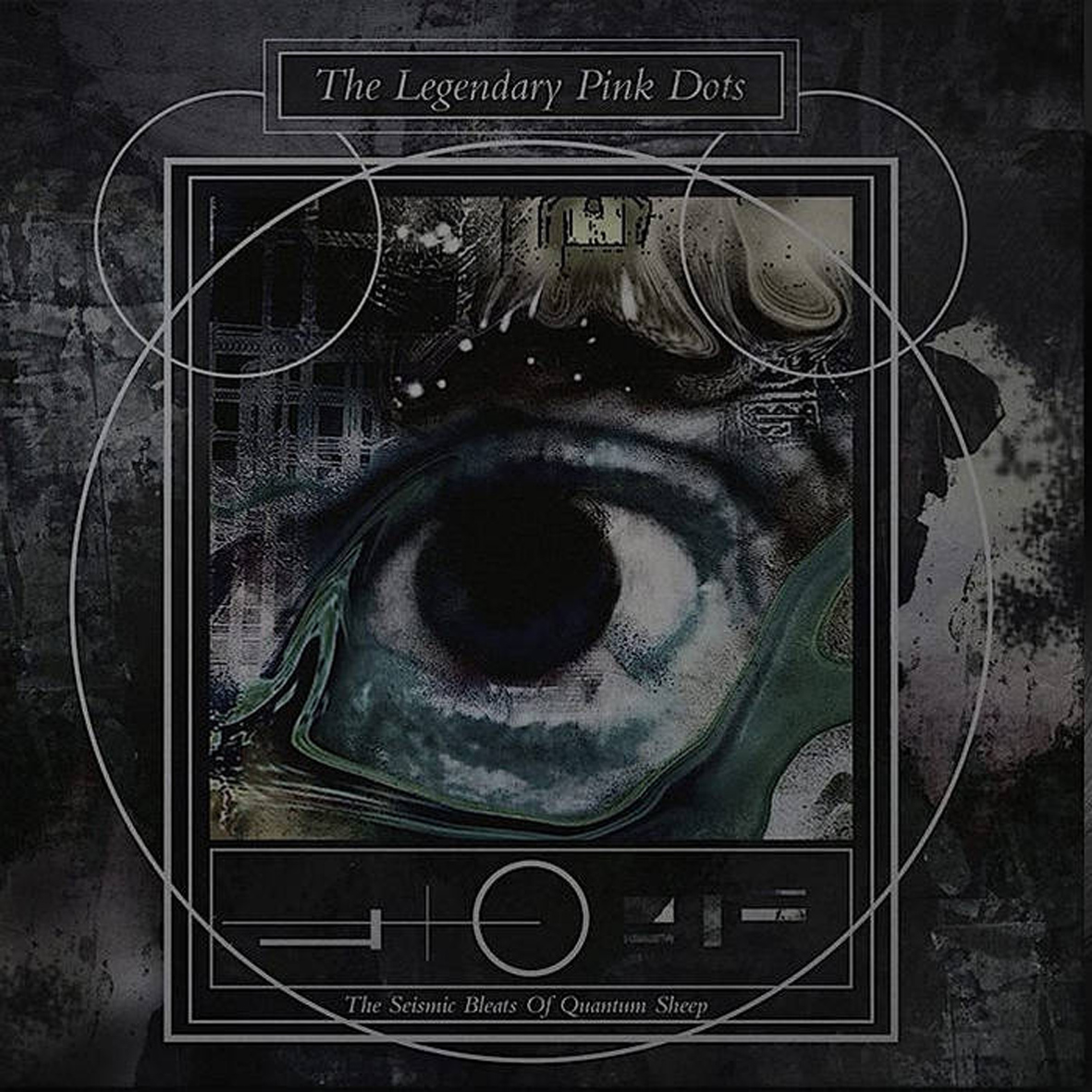 The strongest Legendary Pink Dots album of 2015 snuck in just under the wire as a digital release, with a delayed vinyl version expected in a few months from new Spanish label Abstrakce.  Intended as a "secret" sister album to the earlier Five Days, Quantum Bleats sounds a lot more like the work of an actual band, though it is no less fragmented and hallucinatory.  Everything feels a lot more deliberate, melodic, fully formed, and evocative this time around: there are a number of beautifully orchestrated passages, snatches of playful cabaret, and muscular bass lines lurking amidst all of the usual free-form psychedelic sprawl.  While it probably focuses a bit too much on the ambiguous no-man's land between "song" and "abstract experimentation" to rank among the Dots' best work, it is nevertheless quite clear that most of Edward Ka-Spel’s more inspired recent ideas found their way here.
The strongest Legendary Pink Dots album of 2015 snuck in just under the wire as a digital release, with a delayed vinyl version expected in a few months from new Spanish label Abstrakce.  Intended as a "secret" sister album to the earlier Five Days, Quantum Bleats sounds a lot more like the work of an actual band, though it is no less fragmented and hallucinatory.  Everything feels a lot more deliberate, melodic, fully formed, and evocative this time around: there are a number of beautifully orchestrated passages, snatches of playful cabaret, and muscular bass lines lurking amidst all of the usual free-form psychedelic sprawl.  While it probably focuses a bit too much on the ambiguous no-man's land between "song" and "abstract experimentation" to rank among the Dots' best work, it is nevertheless quite clear that most of Edward Ka-Spel’s more inspired recent ideas found their way here.
 At this point, it is quite clear that The Inward Circles project is the home for Richard Skelton’s darker impulses, dealing primarily in brooding ambiance, churning violence, and grinding horror.  The big difference between Skelton and similar artists, however, lies in his scope and intensity.  This latest EP, a soundtrack to Skelton’s short film Beyond the Fell Wall, does not disappoint in those regards, as Skelton essentially creates an melancholy and spectral world, then ferociously rips it apart.  Unfortunately, it does not quite scale the heights of either The Inward Circles' debut or Skelton's amazing previous soundtrack (Memorious Earth), being a bit too short, bombastic, and single-minded to offer much more than a satisfyingly heavy catharsis.  It is still a solid and worthy release, but it is not quite "Richard Skelton" good.
At this point, it is quite clear that The Inward Circles project is the home for Richard Skelton’s darker impulses, dealing primarily in brooding ambiance, churning violence, and grinding horror.  The big difference between Skelton and similar artists, however, lies in his scope and intensity.  This latest EP, a soundtrack to Skelton’s short film Beyond the Fell Wall, does not disappoint in those regards, as Skelton essentially creates an melancholy and spectral world, then ferociously rips it apart.  Unfortunately, it does not quite scale the heights of either The Inward Circles' debut or Skelton's amazing previous soundtrack (Memorious Earth), being a bit too short, bombastic, and single-minded to offer much more than a satisfyingly heavy catharsis.  It is still a solid and worthy release, but it is not quite "Richard Skelton" good.
 The Opalio Brothers have been on quite a hot streak in recent years, as both Psycho-System (2013) and Abstract Expressionism for the Ears (2014) were massive, tour de force plunges into hermetic, all-consuming, and completely otherworldly psychedelia.  The Dance of Oneirism masterfully continues the distillation of MCIAA's ever-evolving and singular vision, weaving its eerie, lysergic, and wonderfully disorienting spell in just under a hour (remarkably concise, given the duo's history).  As expected, it is yet another near-masterpiece of insular and visionary outsider genius and emphatically reaffirms my belief that absolutely nobody goes deeper or is more intent on scrambling minds than Roberto and Maurizio Opalio.
The Opalio Brothers have been on quite a hot streak in recent years, as both Psycho-System (2013) and Abstract Expressionism for the Ears (2014) were massive, tour de force plunges into hermetic, all-consuming, and completely otherworldly psychedelia.  The Dance of Oneirism masterfully continues the distillation of MCIAA's ever-evolving and singular vision, weaving its eerie, lysergic, and wonderfully disorienting spell in just under a hour (remarkably concise, given the duo's history).  As expected, it is yet another near-masterpiece of insular and visionary outsider genius and emphatically reaffirms my belief that absolutely nobody goes deeper or is more intent on scrambling minds than Roberto and Maurizio Opalio.
 The culmination of two years of work and employing synthesizers, other electronics, and a 15 piece classical ensemble; N°3 is an ambitious and expansive work that is completely congruent with Vantzou’s aspirations. Lush and complex, the bulk of these pieces lie between epic drama and quiet intimacy, but are never anything but beautiful and compelling.
The culmination of two years of work and employing synthesizers, other electronics, and a 15 piece classical ensemble; N°3 is an ambitious and expansive work that is completely congruent with Vantzou’s aspirations. Lush and complex, the bulk of these pieces lie between epic drama and quiet intimacy, but are never anything but beautiful and compelling.
 After seeing it performed by Phillip Bush, Greg Stuart, and Joe Panzner at the Roy and Edna Disney/CalArts Theater in downtown Los Angeles, the complexity in Michael Pisaro’s A Mist Is a Collection of Points cracked open. Scored for piano, percussion, and sine tones, the recorded version of A Mist presents itself transparently as a three-part composition with clear melodies and sharp edges. The piano is prominent, the sine tones thin and exact, the cymbals and crotales metallic, concentrated, centered. Their sounds are, in some ways, measured and containable, the opposite of a mist, which slips past the senses and confuses them. But watching Greg Stuart bow his crotales in the first section, seeing him react to Phillip Bush’s playing in the third, and searching for the places where the sine tones began and the acoustic resonance ended—that displaced and de-centered the entire piece. It turned its apparently fixed points into movable objects and transformed the music into a suspension of atoms and waves, detectable, though masked, in the superbly recorded and mastered document released by New World Records.
After seeing it performed by Phillip Bush, Greg Stuart, and Joe Panzner at the Roy and Edna Disney/CalArts Theater in downtown Los Angeles, the complexity in Michael Pisaro’s A Mist Is a Collection of Points cracked open. Scored for piano, percussion, and sine tones, the recorded version of A Mist presents itself transparently as a three-part composition with clear melodies and sharp edges. The piano is prominent, the sine tones thin and exact, the cymbals and crotales metallic, concentrated, centered. Their sounds are, in some ways, measured and containable, the opposite of a mist, which slips past the senses and confuses them. But watching Greg Stuart bow his crotales in the first section, seeing him react to Phillip Bush’s playing in the third, and searching for the places where the sine tones began and the acoustic resonance ended—that displaced and de-centered the entire piece. It turned its apparently fixed points into movable objects and transformed the music into a suspension of atoms and waves, detectable, though masked, in the superbly recorded and mastered document released by New World Records.
 Originally released in 1987 and first reissued in the mid 1990s on CD, Ecobondage is one of Merzbow’s seminal works, and also one of my earliest experiences with his vast discography. Presented as a double LP reissue (with included CD), the album feels like an appropriately deluxe edition that captures a high point of Masami Akita's too often overlooked, but superior junk noise era.
Originally released in 1987 and first reissued in the mid 1990s on CD, Ecobondage is one of Merzbow’s seminal works, and also one of my earliest experiences with his vast discography. Presented as a double LP reissue (with included CD), the album feels like an appropriately deluxe edition that captures a high point of Masami Akita's too often overlooked, but superior junk noise era.
 Illinois trio Oakeater has been active for the past decade, but Aquarius is only their second full length release, with most of their other work being splits, collaborations, and mini-album releases. This diverse array of release have allowed them to hone a distinctively dark, yet diverse array of sounds that draw from most of the expected places (metal, noise, dark ambient, etc.), work those elements in their own way to create a unique, if bleak, suite of songs.
Illinois trio Oakeater has been active for the past decade, but Aquarius is only their second full length release, with most of their other work being splits, collaborations, and mini-album releases. This diverse array of release have allowed them to hone a distinctively dark, yet diverse array of sounds that draw from most of the expected places (metal, noise, dark ambient, etc.), work those elements in their own way to create a unique, if bleak, suite of songs.
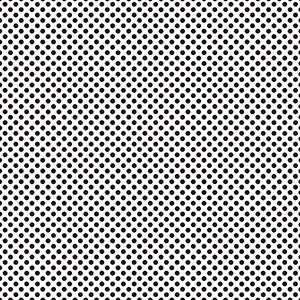 Composed as part of a 2012 installation at a former East German prison, it should come as no surprise that Isolation is at times an intentionally off-putting, disturbing, and unpleasant piece of music. The prison, housing political prisoners and using more than questionable methods of interrogation, was in operation from 1956 to 1989, and stands as a testament to the darkness that pervaded Eastern Germany during the Cold War. Bretschneider’s work is an attempt to capture the sense of isolation and disorientation caused by the prison in audio form, and it is a resounding success.
Composed as part of a 2012 installation at a former East German prison, it should come as no surprise that Isolation is at times an intentionally off-putting, disturbing, and unpleasant piece of music. The prison, housing political prisoners and using more than questionable methods of interrogation, was in operation from 1956 to 1989, and stands as a testament to the darkness that pervaded Eastern Germany during the Cold War. Bretschneider’s work is an attempt to capture the sense of isolation and disorientation caused by the prison in audio form, and it is a resounding success.
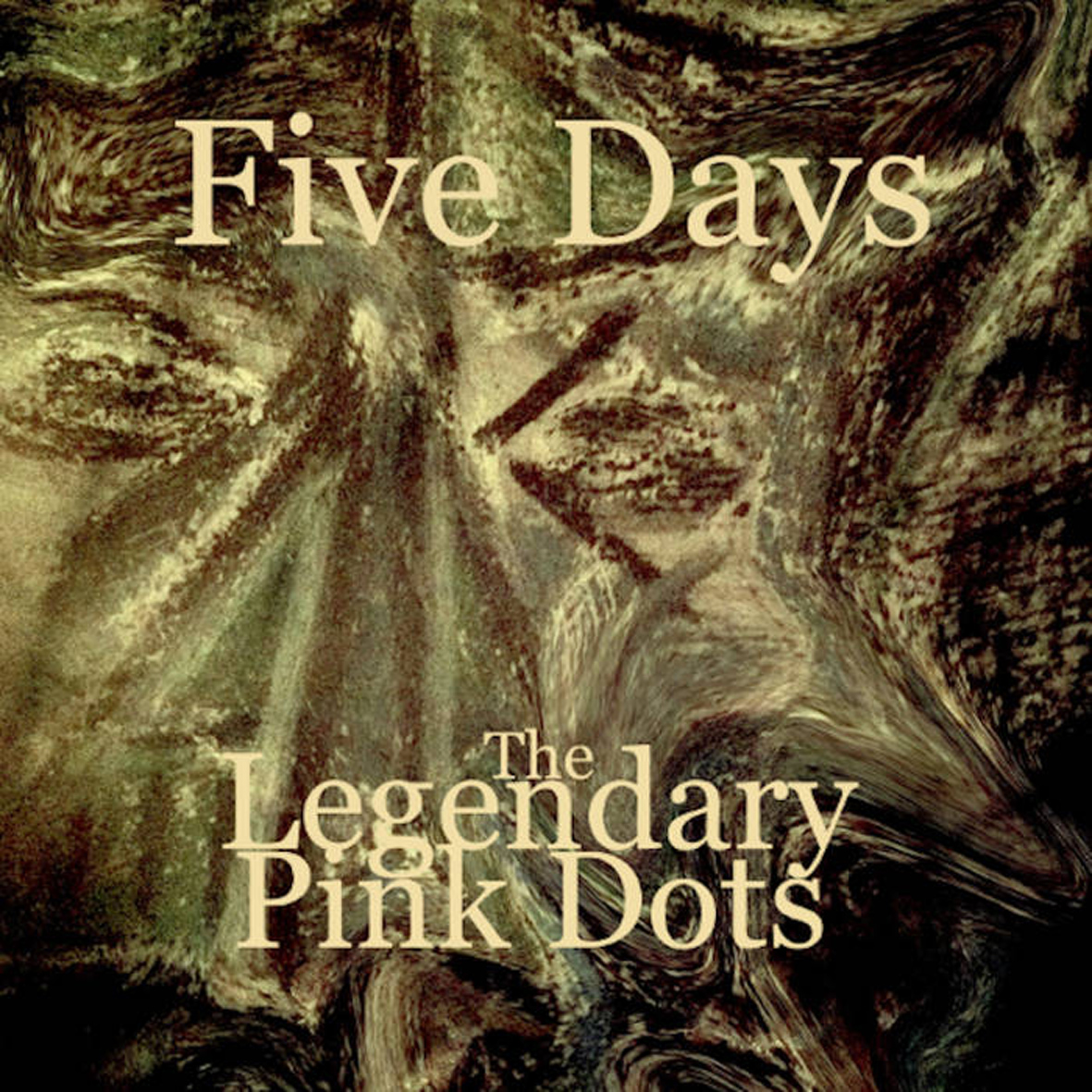 This has been a very perplexing and curious year for the historically prolific Dots, as they have maintained a constant stream of updates about new releases without ever quite releasing anything substantial–just an endless flow of live vault releases, outtakes, cryptic collaborations, cryptic solo albums, digital-only holiday surprises, teasers for upcoming albums, and a few extremely limited (and instantly vanished) records on small European labels.  It was starting to feel a lot like I was receiving ghost transmissions from a dead planet, but before I became completely convinced that the Dots were either dead or had never actually existed in the first place, they unexpectedly produced the deeply abstract, surreal, and fragmented Five Days.  While a bit too amorphous and diffuse to rank among their best work, it is certainly complex and hallucinatory enough to temporarily sate my hunger for new material.
This has been a very perplexing and curious year for the historically prolific Dots, as they have maintained a constant stream of updates about new releases without ever quite releasing anything substantial–just an endless flow of live vault releases, outtakes, cryptic collaborations, cryptic solo albums, digital-only holiday surprises, teasers for upcoming albums, and a few extremely limited (and instantly vanished) records on small European labels.  It was starting to feel a lot like I was receiving ghost transmissions from a dead planet, but before I became completely convinced that the Dots were either dead or had never actually existed in the first place, they unexpectedly produced the deeply abstract, surreal, and fragmented Five Days.  While a bit too amorphous and diffuse to rank among their best work, it is certainly complex and hallucinatory enough to temporarily sate my hunger for new material.
 I have to admit that I was quite a bit apprehensive about the idea of a Volcano The Bear boxed set, as few bands are less synonymous with consistency or quality control than Leicester's erstwhile free-form experimentalists and I was never a big fan at all, despite admiring a good portion of Daniel Padden’s non-VTB work.  It was easy for me to envision Commencing as over four hours of migraine-inducing absurdist theater, random gibbering and clattering, kazoo solos, and/or someone chasing around a duck with a microphone or dropping a pumpkin into a toilet.  Or possibly all of those things within the same song.  Thankfully, I was mostly (and spectacularly) wrong, as Commencing makes a very strong case that VTB was actually one of the most inventive and compelling bands of the last two decades.  Granted, there is certainly some wince-inducing juvenilia scattered amidst all the gems, but Miasmah has done an amazing job at filtering, presenting, and contextualizing VTB's vast body of work in a form that enables a skeptic like me to finally understand why someone would want to put out a Volcano The Bear box set in the first place.
I have to admit that I was quite a bit apprehensive about the idea of a Volcano The Bear boxed set, as few bands are less synonymous with consistency or quality control than Leicester's erstwhile free-form experimentalists and I was never a big fan at all, despite admiring a good portion of Daniel Padden’s non-VTB work.  It was easy for me to envision Commencing as over four hours of migraine-inducing absurdist theater, random gibbering and clattering, kazoo solos, and/or someone chasing around a duck with a microphone or dropping a pumpkin into a toilet.  Or possibly all of those things within the same song.  Thankfully, I was mostly (and spectacularly) wrong, as Commencing makes a very strong case that VTB was actually one of the most inventive and compelling bands of the last two decades.  Granted, there is certainly some wince-inducing juvenilia scattered amidst all the gems, but Miasmah has done an amazing job at filtering, presenting, and contextualizing VTB's vast body of work in a form that enables a skeptic like me to finally understand why someone would want to put out a Volcano The Bear box set in the first place.
 Even with two amazing solo albums last year and a new Wire album with subsequent touring, Graham Lewis managed to reactivate Hox with Andreas Karperyd (with whom he has collaborated as He Said Omala). The music, as always, exceeds expectations, and the duo has created an album of engaging electronic pop with enough strangeness befitting Lewis' lengthy and consistently magnificent career.
Even with two amazing solo albums last year and a new Wire album with subsequent touring, Graham Lewis managed to reactivate Hox with Andreas Karperyd (with whom he has collaborated as He Said Omala). The music, as always, exceeds expectations, and the duo has created an album of engaging electronic pop with enough strangeness befitting Lewis' lengthy and consistently magnificent career.
 Listening to Amorphous Spores, it’s difficult not to think about sex. The title alone implies it. Spores are generally vehicles for asexual reproduction, and while that isn’t technically sex, it is at least related in that it is a method for securing growth and repetition over time. But Takahiro Kawaguchi and Utah Kawasaki chose to place mushroom caps on the cover of their album and many members of the Fungi kingdom can reproduce either asexually or sexually. The method utilized depends on the environment. In conditions favorable to a mushroom’s continued existence, spores are produced by mitosis. As genetic replicas of their parent, the spores simply germinate and continue the species over and over again, no partner required. When conditions aren’t so favorable, however, mushrooms go through a more complicated process involving cell fusion, the production of a zygote, and meiosis. It still doesn’t make sense to think of males and females (the gametes all look the same), but since the resulting spores are not clones of their parents, their offspring stand a better chance of surviving environmental changes. The newly mixed genetic material might, for instance, secure them a tolerance to drier climates. Though it would be a stretch to say that what they’re doing is sexual, Kawaguchi and Kawasaki also work with morphologically similar germs, "selfmade instruments" and "electronics" according to the slim liner notes. They begin as quantifiably distinct bodies, fuse, interact, and disperse, finally producing hybrid offspring. Although it’s a strange and unlikely symmetry, the structural and extra-musical content of the album point toward the similarities in fungal mating and creative collaboration.
Listening to Amorphous Spores, it’s difficult not to think about sex. The title alone implies it. Spores are generally vehicles for asexual reproduction, and while that isn’t technically sex, it is at least related in that it is a method for securing growth and repetition over time. But Takahiro Kawaguchi and Utah Kawasaki chose to place mushroom caps on the cover of their album and many members of the Fungi kingdom can reproduce either asexually or sexually. The method utilized depends on the environment. In conditions favorable to a mushroom’s continued existence, spores are produced by mitosis. As genetic replicas of their parent, the spores simply germinate and continue the species over and over again, no partner required. When conditions aren’t so favorable, however, mushrooms go through a more complicated process involving cell fusion, the production of a zygote, and meiosis. It still doesn’t make sense to think of males and females (the gametes all look the same), but since the resulting spores are not clones of their parents, their offspring stand a better chance of surviving environmental changes. The newly mixed genetic material might, for instance, secure them a tolerance to drier climates. Though it would be a stretch to say that what they’re doing is sexual, Kawaguchi and Kawasaki also work with morphologically similar germs, "selfmade instruments" and "electronics" according to the slim liner notes. They begin as quantifiably distinct bodies, fuse, interact, and disperse, finally producing hybrid offspring. Although it’s a strange and unlikely symmetry, the structural and extra-musical content of the album point toward the similarities in fungal mating and creative collaboration.
 Perspective in film or literature is an easy enough concept to explain. Appeals to height and distance or attitude and intention help situate what it means for a director or author to have a view of something, even if the subject matter is abstract. Perspective in music requires a little more: more context, more imagination, more patience maybe. Program music utilizes narrative by design, but what about music that is supposed to have eliminated narrative, that is intended as sound and not as storytelling? What about an album like Coppice’s Matches? Noé Cuéllar and Joseph Kramer’s second album this year is a puzzle box of rattling noise and growling materials, drawn from shruti boxes, pump organs, and sphygmomanometers. In that way, it is reminiscent of Cores/Eruct, a record that alternately divulged and concealed the architecture behind its construction, and which utilized music recorded and performed since 2009. Matches also incorporates music from the last six years: studio recordings and live performances from Texas, Illinois, and Iceland. It is set apart by its focus, by its cleaving to claustrophobic spaces, its tight framing, and its mechanical sequences, by the perspective it brings to Coppice’s corner of the musical cosmos. Cuéllar and Kramer have called Matches a "story with many holes." Whether they are presenting a tattered cloth or a series of missing pieces, and whether there is a difference between the two, is a question worth keeping in mind as the album folds, unfolds, and spins through its many configurations.
Perspective in film or literature is an easy enough concept to explain. Appeals to height and distance or attitude and intention help situate what it means for a director or author to have a view of something, even if the subject matter is abstract. Perspective in music requires a little more: more context, more imagination, more patience maybe. Program music utilizes narrative by design, but what about music that is supposed to have eliminated narrative, that is intended as sound and not as storytelling? What about an album like Coppice’s Matches? Noé Cuéllar and Joseph Kramer’s second album this year is a puzzle box of rattling noise and growling materials, drawn from shruti boxes, pump organs, and sphygmomanometers. In that way, it is reminiscent of Cores/Eruct, a record that alternately divulged and concealed the architecture behind its construction, and which utilized music recorded and performed since 2009. Matches also incorporates music from the last six years: studio recordings and live performances from Texas, Illinois, and Iceland. It is set apart by its focus, by its cleaving to claustrophobic spaces, its tight framing, and its mechanical sequences, by the perspective it brings to Coppice’s corner of the musical cosmos. Cuéllar and Kramer have called Matches a "story with many holes." Whether they are presenting a tattered cloth or a series of missing pieces, and whether there is a difference between the two, is a question worth keeping in mind as the album folds, unfolds, and spins through its many configurations.
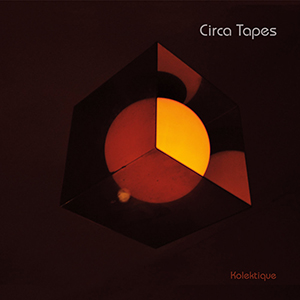 This solo project of Adam Killing (who also works as Kill Memory Crash) might only have released its second full-length record, but the multifaceted sound of Kolektique is that of an exceptionally well-developed artist. Drawing from a multitude of minimal synth sounds, he utilizes the expertly to create sparse, yet extremely catchy compositions.  While this is all well and good, the subtle production and attention to the smallest of sonic details is where this album especially shines.
This solo project of Adam Killing (who also works as Kill Memory Crash) might only have released its second full-length record, but the multifaceted sound of Kolektique is that of an exceptionally well-developed artist. Drawing from a multitude of minimal synth sounds, he utilizes the expertly to create sparse, yet extremely catchy compositions.  While this is all well and good, the subtle production and attention to the smallest of sonic details is where this album especially shines.
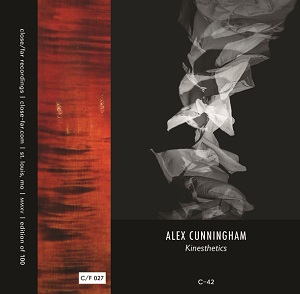 It wasn’t an accident of the imagination that inspired Pieter Bruegel the Elder to portray undead soldiers playing musical instruments in his Triumph of Death. Long before various religious sects decided that dance was an expression of unchecked desires, and therefore a temptation to be avoided, philosophers like Plato and Aristotle had connected music to moral incontinence. For Aristotle, the aulos, a double reed flute, was especially problematic because it prevented the player from speaking and because it drove men to irrational behavior. Bruegel, perhaps less concerned with prodigality than with mockery, chose a hurdy-gurdy, a violin, and drums for his skeleton warriors, but in the bottom-right corner of Triumph painted two oblivious nobles busy with a lute, neither panicking nor struggling against their fate. Their heads might as well be buried in the sand, their asses branded with the word "coward." Equally well known is Italian violinist and composer Niccolò Paganini who, because of his talents, his appearance or maybe out of jealousy, was rumored to have made a deal with Satan, securing him a legend and at least one painfully bad dramatic biography directed by Bernard Rose. That gets us back to the modern association of the violin with the devil, and to Alex Cunningham’s Kinesthetics, his debut solo violin album on the Close/Far label.
It wasn’t an accident of the imagination that inspired Pieter Bruegel the Elder to portray undead soldiers playing musical instruments in his Triumph of Death. Long before various religious sects decided that dance was an expression of unchecked desires, and therefore a temptation to be avoided, philosophers like Plato and Aristotle had connected music to moral incontinence. For Aristotle, the aulos, a double reed flute, was especially problematic because it prevented the player from speaking and because it drove men to irrational behavior. Bruegel, perhaps less concerned with prodigality than with mockery, chose a hurdy-gurdy, a violin, and drums for his skeleton warriors, but in the bottom-right corner of Triumph painted two oblivious nobles busy with a lute, neither panicking nor struggling against their fate. Their heads might as well be buried in the sand, their asses branded with the word "coward." Equally well known is Italian violinist and composer Niccolò Paganini who, because of his talents, his appearance or maybe out of jealousy, was rumored to have made a deal with Satan, securing him a legend and at least one painfully bad dramatic biography directed by Bernard Rose. That gets us back to the modern association of the violin with the devil, and to Alex Cunningham’s Kinesthetics, his debut solo violin album on the Close/Far label.
 This has been an uncharacteristically prolific and creatively fertile year for Benjamin Finger, as he has released three very wonderful albums in three very different directions.  Thankfully, Finger’s characteristically warm, woozy, and hallucinatory aesthetic remains intact for all three, but he achieves that end with quite a variety of instruments and covers a lot of stylistic ground along the way.  The most notable of the three is arguably Motion Reverse, which can be viewed as a dubbier and more subdued continuation of Mood Chaser's deranged techno experiments.  Equally satisfying is Pleasurably Lost, which reprises and builds upon the dreamy psychedelia of past successes like 2009's Woods of Broccoli.  Amorosa Sensitiva, on the other hand, is a bit of a wild-card that unexpectedly dips its toes into dissonance, modern composition, free-jazz, and sundry other surprises.
This has been an uncharacteristically prolific and creatively fertile year for Benjamin Finger, as he has released three very wonderful albums in three very different directions.  Thankfully, Finger’s characteristically warm, woozy, and hallucinatory aesthetic remains intact for all three, but he achieves that end with quite a variety of instruments and covers a lot of stylistic ground along the way.  The most notable of the three is arguably Motion Reverse, which can be viewed as a dubbier and more subdued continuation of Mood Chaser's deranged techno experiments.  Equally satisfying is Pleasurably Lost, which reprises and builds upon the dreamy psychedelia of past successes like 2009's Woods of Broccoli.  Amorosa Sensitiva, on the other hand, is a bit of a wild-card that unexpectedly dips its toes into dissonance, modern composition, free-jazz, and sundry other surprises.
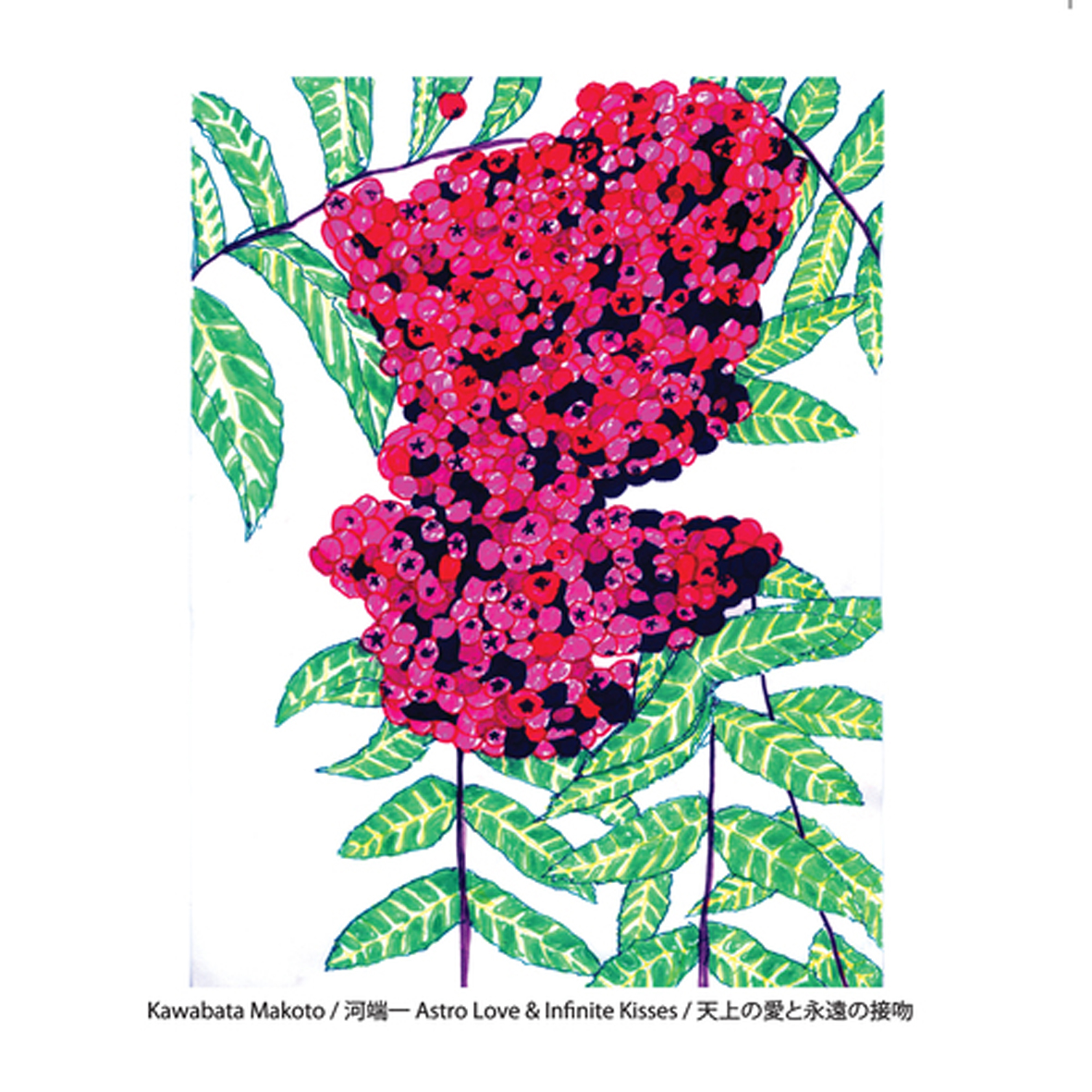 I have admittedly become quite numbed to the power of Acid Mothers Temple in recent years, but that has certainly not stopped me from appreciating the unique talents of Kawabata Makoto.  If anything, I am weary of Makoto's primary outlet because their high-volume maximalism hides or precludes so many appealing facets and nuances of his artistry.  Thankfully, his solo albums–especially the ones on VHF–do no such thing and allow his exotic and eccentric vision to unhurriedly blossom without distraction (most of the time, anyway).  On this latest opus, Makoto adeptly blends echo-heavy Krautrock guitar, traditional Indian music, and his own distinctively lysergic tendencies to weave a sprawling fantasia of warped and trance-inducing drones.
I have admittedly become quite numbed to the power of Acid Mothers Temple in recent years, but that has certainly not stopped me from appreciating the unique talents of Kawabata Makoto.  If anything, I am weary of Makoto's primary outlet because their high-volume maximalism hides or precludes so many appealing facets and nuances of his artistry.  Thankfully, his solo albums–especially the ones on VHF–do no such thing and allow his exotic and eccentric vision to unhurriedly blossom without distraction (most of the time, anyway).  On this latest opus, Makoto adeptly blends echo-heavy Krautrock guitar, traditional Indian music, and his own distinctively lysergic tendencies to weave a sprawling fantasia of warped and trance-inducing drones.
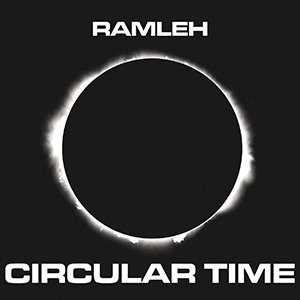 When Gary Mundy's Ramleh reemerged in 2009 after over a decade of inactivity, both the recorded output and performances were mostly skewed towards the project’s noise and power electronics history. With long time member Anthony Di Franco, the duo released the excellent Valediction album and embarked on a series of performances, updating the harsh electronic sound Mundy began as a teenager in the 1980s. Circular Time, however, is a return to the idiosyncratic psychedelic rock sound Mundy and Di Franco (along with other collaborators) fully realized in the 1990s. I have enjoyed every variant of Ramleh that I have heard, but I always had a soft spot for this more musical era and, thankfully, Circular Time is a return to form in every possible way.
When Gary Mundy's Ramleh reemerged in 2009 after over a decade of inactivity, both the recorded output and performances were mostly skewed towards the project’s noise and power electronics history. With long time member Anthony Di Franco, the duo released the excellent Valediction album and embarked on a series of performances, updating the harsh electronic sound Mundy began as a teenager in the 1980s. Circular Time, however, is a return to the idiosyncratic psychedelic rock sound Mundy and Di Franco (along with other collaborators) fully realized in the 1990s. I have enjoyed every variant of Ramleh that I have heard, but I always had a soft spot for this more musical era and, thankfully, Circular Time is a return to form in every possible way.



